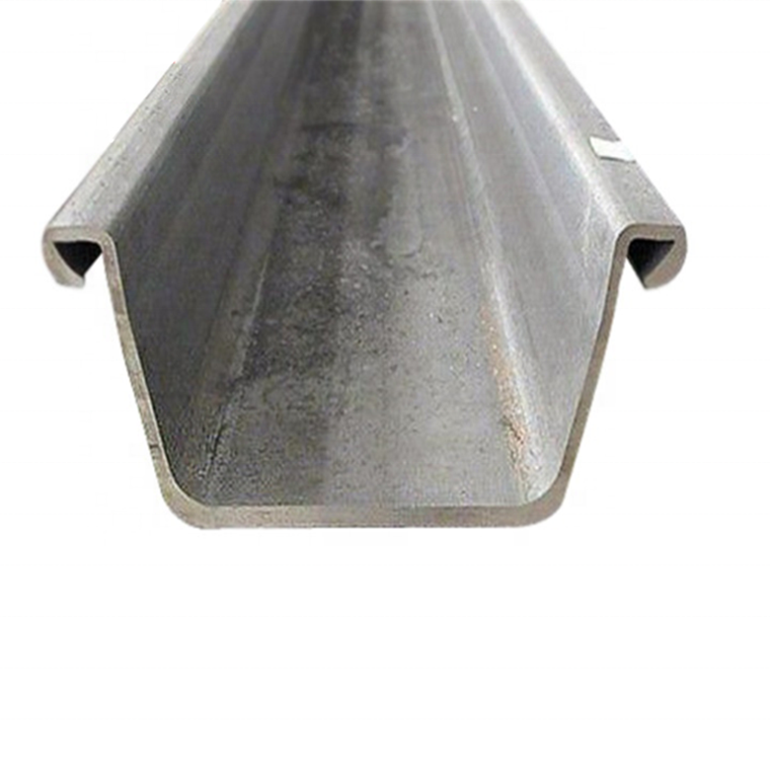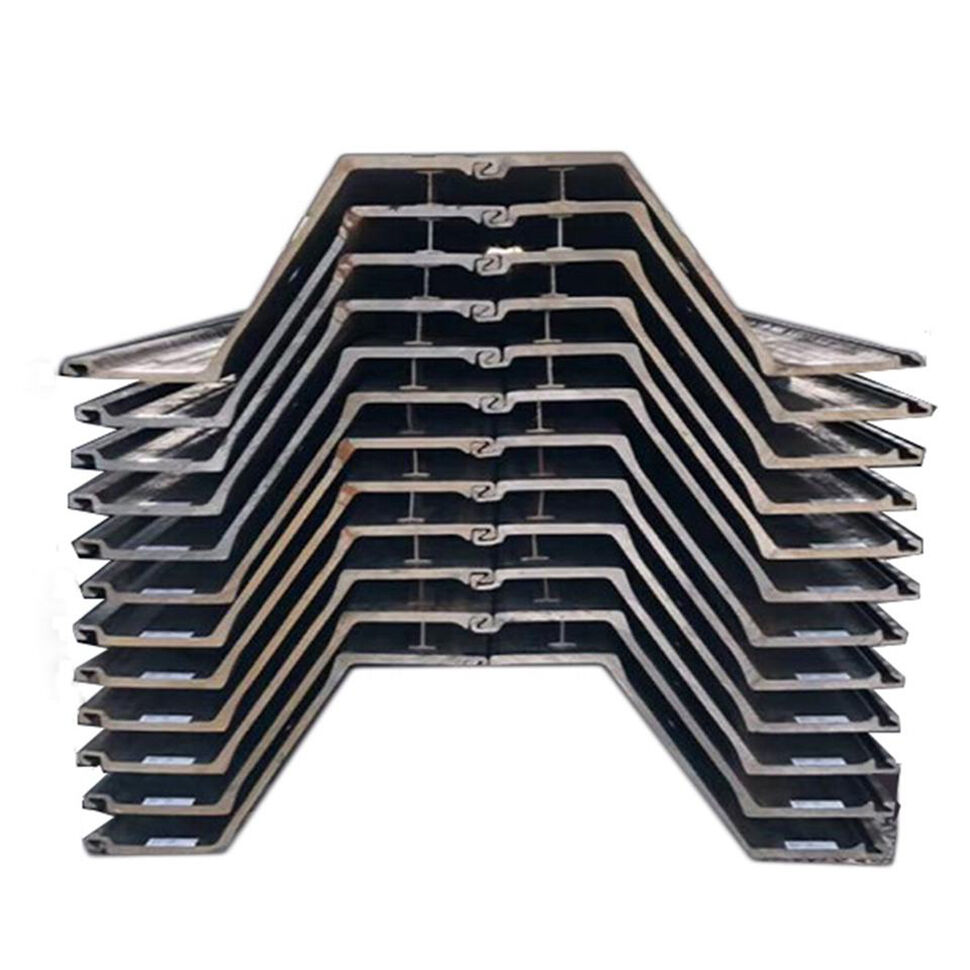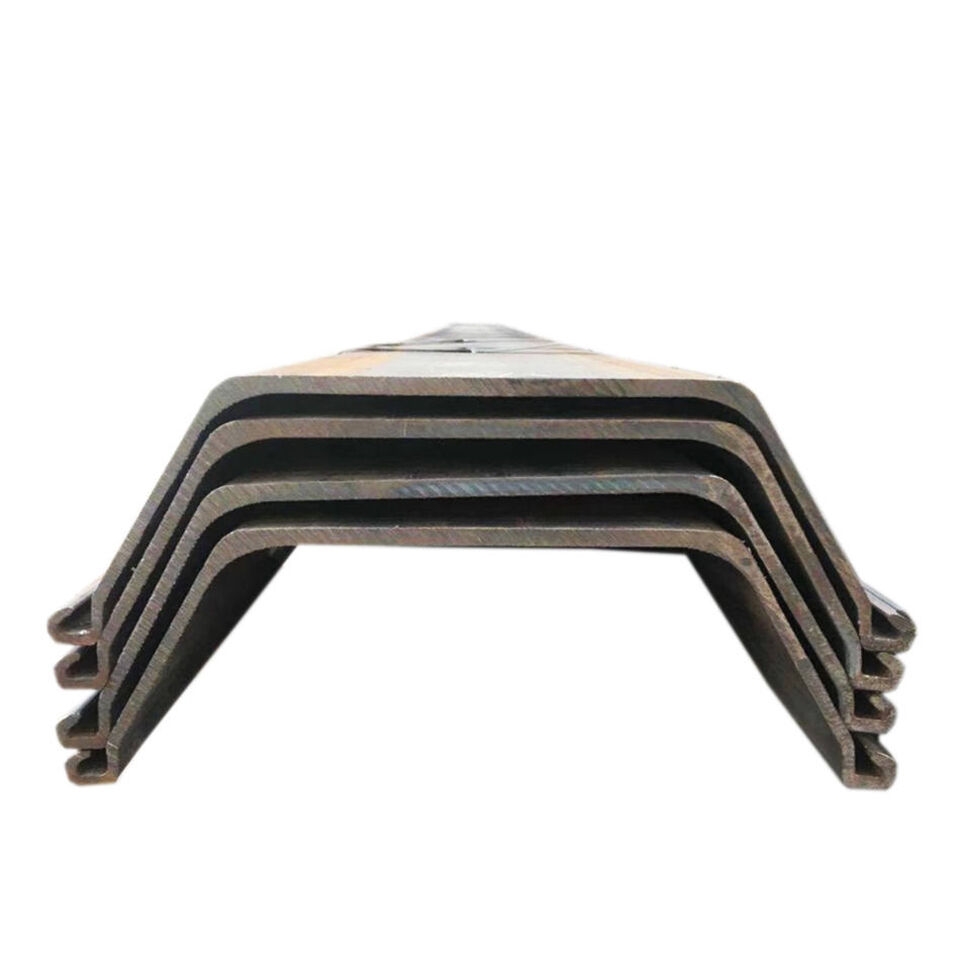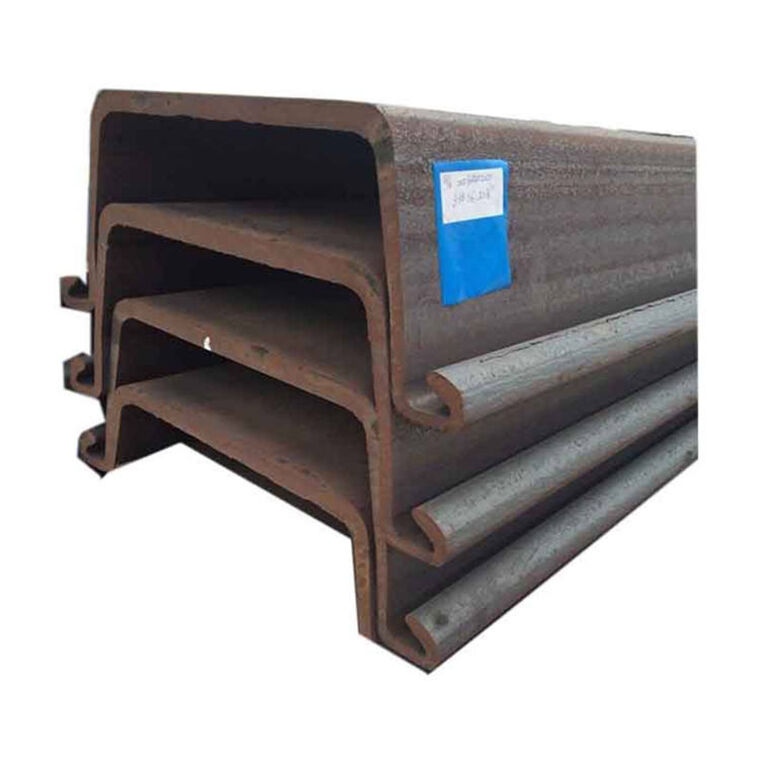

Place of Origin:Wuxi, China
Material: Carbon steel、Stainless steel、Galvanized
Payment Term:T/T, L/C, Western Union, etc
Design Style:customizable
Delivery Time:7 Days
Transportation:By sea or Land transportation
Company
ZLYS are a premier steel foundation manufacturer and supplier, serving the global market, One of the largest producer of steel in China.
ZLYS has gained a reputation as one of the leading steel suppliers and manufacturers. We have the experience and resources to handle, store, and ship high-quality steel products to clients both domestically and internationally. We can serve your immediate needs from over 50,000 tons of steel we carry in stock.
Our experienced sales consultants can also work with you to meet any special requirements.
Steel Sheet Pile
Sheet piles are structural members which when interlocked to another, will form a continuous wall, generally for retaining earth or water. Interlocks formed as part of the manufacturing process provide the continuity in the wall. Sheet piling has historically been made of steel, concrete, wood, aluminum or other materials. Steel is by far the dominant choice, due to ready availability, relative strength, and ease of handling, storage and installation.
Types
Steel sheet piling is manufactured in three basic configurations: “Z”, “U” and “straight” (flat). Historically, such shapes have been hot-rolled products produced at structural mills. Like other shapes such as beams or channels, the steel is heated in a furnace and then passes through a series of rolls to form the final shape and the interlock, which allows the sheet piles to be threaded together. Some use a cold-forming process in which steel coil is rolled at room temperature into the final sheet pile shape. Cold formed sheet piles have hook and grip interlocks.
Z-Type Shape
The Z type configuration is generally considered the strongest and most efficient.
These shapes resemble wide-flange beams, having a web and two flanges. The interlocks are located out on the flanges at maximum distance from the neutral axis, and this provides a high section modulus for resisting bending moments.
Because of this, Z-shapes have traditionally been used for heavier construction projects. However, they are now complemented by the arch or U shapes for lighter work, and lightweight Z-shapes have been also introduced into the marketplace.
Because of their inherent strength, Z-piles can be handled and shipped with less exposure to possible damage than some other style sheets.
Z-piles are generally used in constructing straight wall structures – cofferdams, bulkheads and retaining walls.
U-Shape Piles
U-type sheet piles are not generally used in some area as they are not as efficient or economical as Z-type sheet piles. Interlocks on u-type piles are located on the neutral axis of the pile, so the sheet piles must be crimped in order to achieve their full capacity. These types of sheet piles are still available in the international market.
Flat Sheet Piles
Flat sheet piles are used for circular cell applications where the cells form a gravity structure. The sheet piles are interlocked together to form individual cells, or a series of cells, and are then filled with soil. Whereas z-type sheet piles require resistance in bending, the strength of the flat sheets come from their interlocks. Flat sheet interlocks are larger than those on z-type sheet piles and are designed to resist significant tensile forces. Flat sheet piles have limited bending capacity.
Hot Rolled Sheet Piles
Hot Rolled Sheet Piles are formed by profiling the steel with high temperatures as the rolling process occurs. Typically, hot rolled sheet piles are produced to BS EN 10248 Part 1 & 2. Greater thicknesses are achievable than cold rolled sheet piles. The interlocking clutch tends to be tighter as well.
Cold Formed & Cold Rolled Sheet Piles
Cold Rolling and Forming processes are when the steel sheet pile is profiled at room temperature. The profile thickness is constant along the width of the profile. Typically, cold rolled/formed sheet piles are produced to BS EN 10249 Part 1 & 2. Cold Rolling occurs in a continuous section from hot rolled coil whereas Cold Forming occurs is discrete lengths either from decoiled hot rolled coil or plate. A wide range of widths and depths are achievable.
Applications
Bulkheads – from small retaining walls for private marinas to large dry docks, ports, and other infrastructure projects
Cofferdams– temporary, in water or on land, to permit excavation for and construction of permanent works
Cut-off Walls – in connection with earth or concrete dams or dikes to retard seepage
Environmental Barrier Walls – for contaminant containment purposes
Temporary and Permanent Retaining Walls
Seawalls, Flood Walls, Dikes, Jetties, Groins
Navigation Lock Walls and other large navigation structures
Mooring and Turning Cells, Dolphins
Barge Docks – consisting of individual cellular structures
Bridge Protection Cells – to protect bridge piers from shipping collisions.
Bridge Abutments
Temporary or Permanent Below Grade Shoring – for basements and parking structures











